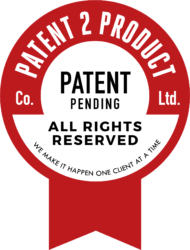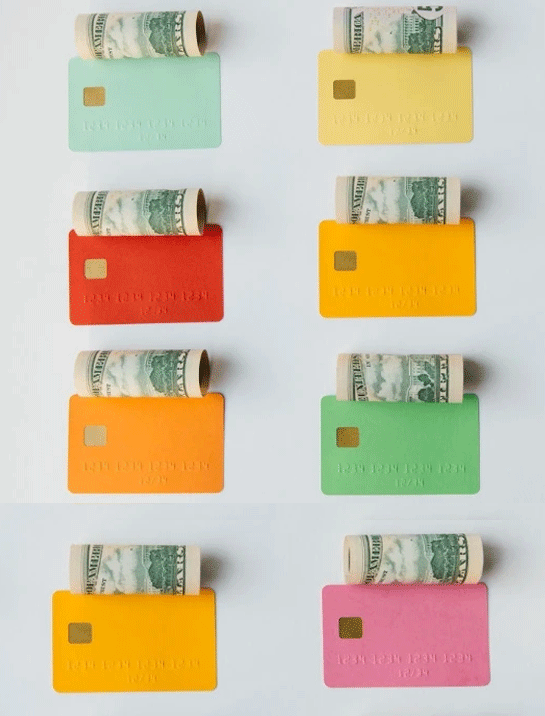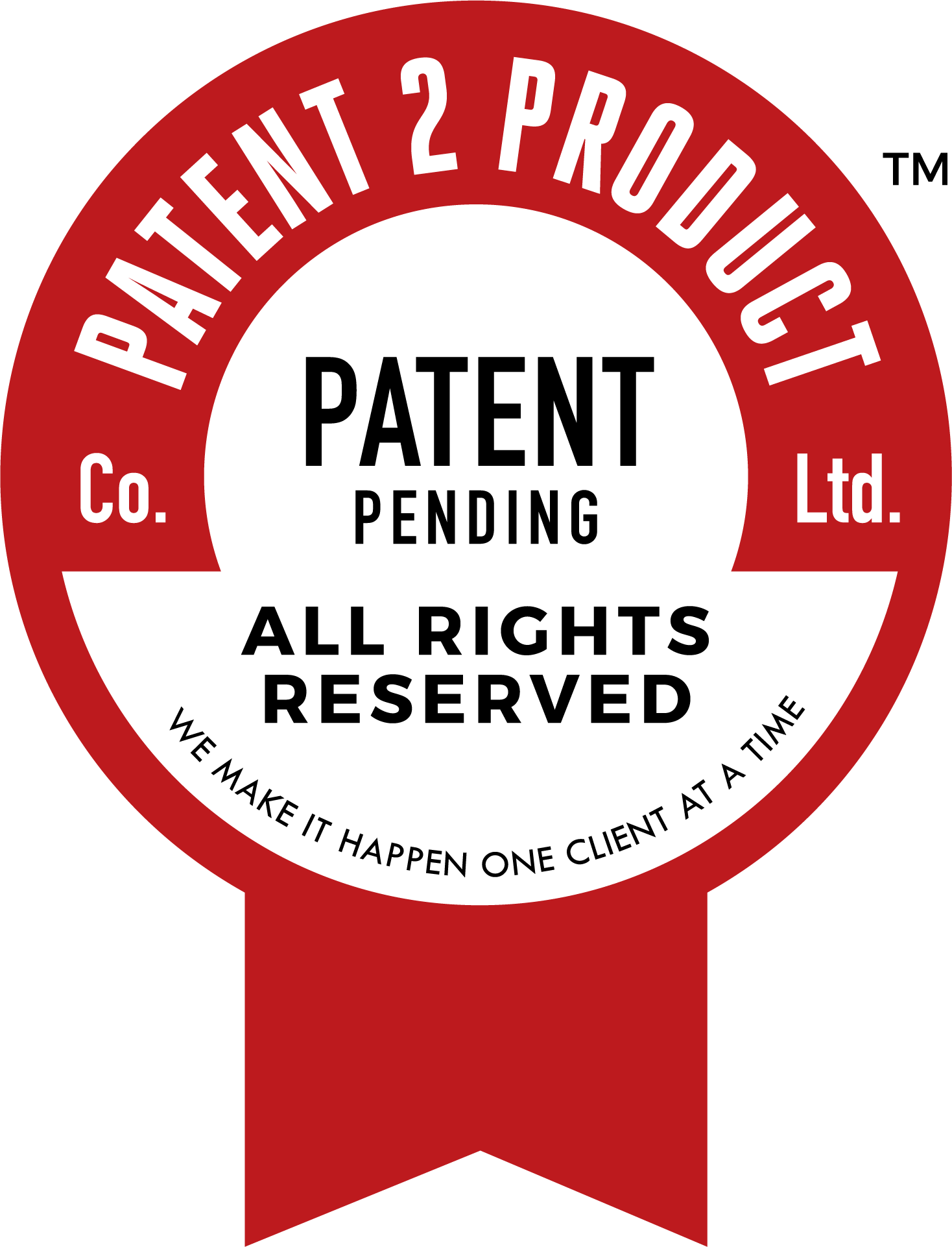
Walmart’s recent partnership with Shopify to expand its online marketplace appears to already be paying off. The retailer in June announced it was opening its marketplace to Shopify’s small business sellers with the goal of onboarding 1,200 new sellers by the end of 2020. Following the Shopify announcement, the marketplace added 3,000 more sellers in June and is expected to exceed 3,600 in July, according to a new report from research firm Marketplace Pulse. That’s triple how many sellers it was adding at the beginning of 2020, the firm’s numbers indicate.
The e-commerce intelligence firm, which works directly with retailers and marketplaces and produces industry analysis, looked into Walmart Marketplace’s accelerated growth following the Shopify deal. It found that within the first six weeks after the June 15th partnership announcement, Walmart’s Marketplace added more than 5,000 new sellers.
In comparison, Walmart’s Marketplace added only 1,296 new sellers in January 2020. That figure grew to 2,290 in April, then 3,296 by June. With July’s estimates included, the marketplace will have topped 15,000 new sellers in 2020 by this month’s end. To date, the marketplace has surpassed 50,000 sellers — which is double in size from June 2019.
Walmart’s marketplace growth is much slower than Amazon’s, the firm notes. But this is, in part, due to its process around adding sellers. Its marketplace requires sellers go through an approval process, which is something it does in an attempt to avoid counterfeiters and other issues. Amazon, meanwhile, adds thousands of sellers daily.
Of course, not all this recent growth can be attributable to Shopify. The pandemic has sent a surge of customers to shop online and sellers are arriving to meet that demand. But Marketplace Pulse believes Walmart has already surpassed its goal of 1,200 new Shopify sellers by year-end.
These newly added Shopify stores aren’t distinguished from other sellers on the website, so there’s not an automated way to count their numbers. But the firm says it manually checked dozens of new additions to confirm their Shopify affiliation and believes the accelerated marketplace growth is closely tied to the new e-commerce deal.
Of course, seller growth is not the only metric used to judge a marketplace’s success. Walmart’s catalog size has actually decreased despite all the new additions, the report noted. Since the start of 2020, the total number of products has shrunk by nearly 15 million, from around 50 million down to 36 million, the firm said. This was related to a few large sellers delisting their catalogs of mostly products in the Home and Books categories, though. Walmart disputes this figure, saying it still has 75 million, not ~35 million, which is stable year-over-year.
The report also added that what matters most is not the size or the number of sellers, but rather the sellers’ performance. On that front, the firm recently found that Walmart’s marketplace, though smaller, was outperforming both Amazon and eBay, driven by the significant increase in Walmart.com shoppers during the pandemic. That increased traffic was also aided by Walmart’s merging of its Grocery app into its main app, a transition that is still underway. Around a month after the merge began, the Walmart app on May 13th became the No. 1 shopping app on iPhone.





